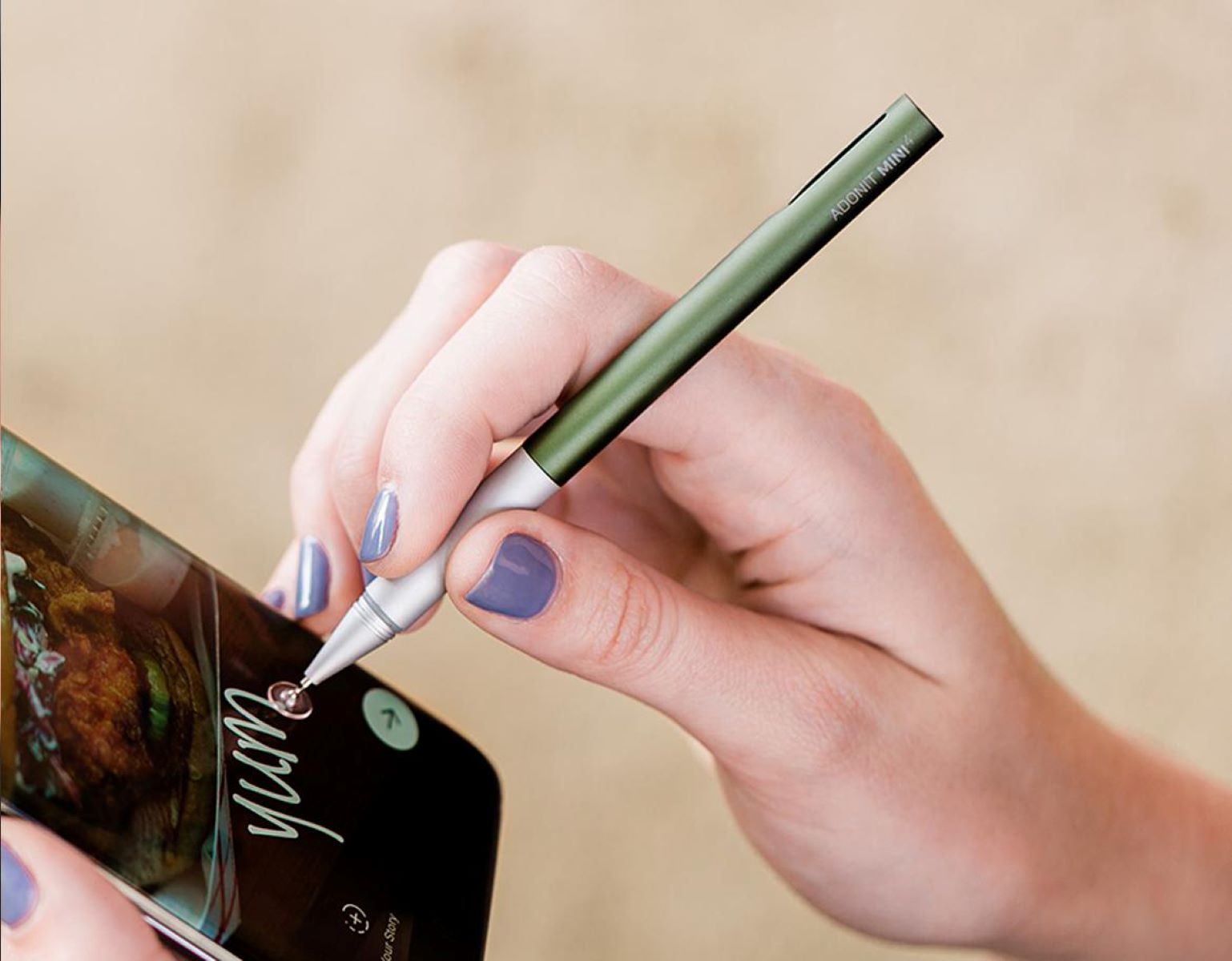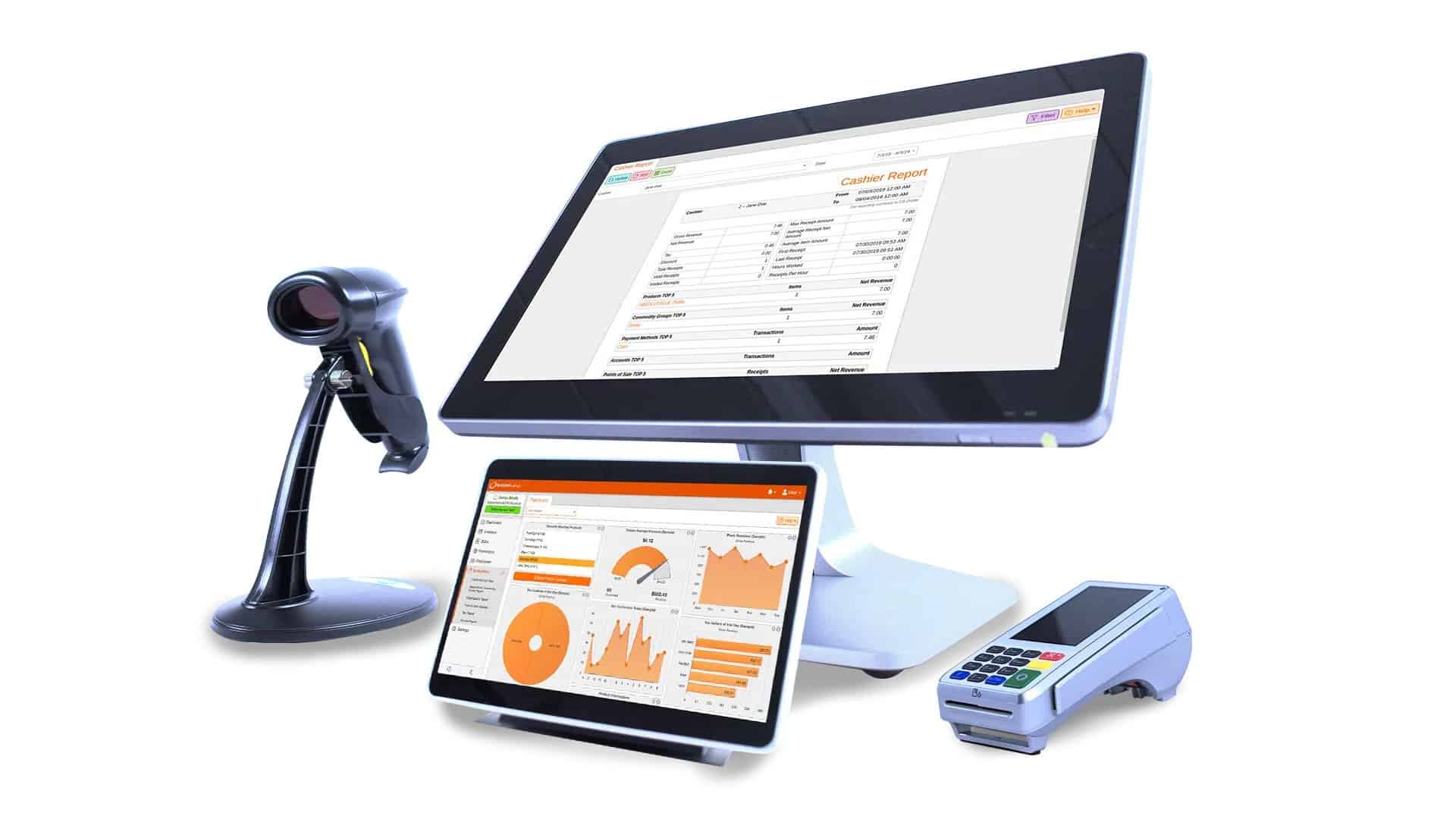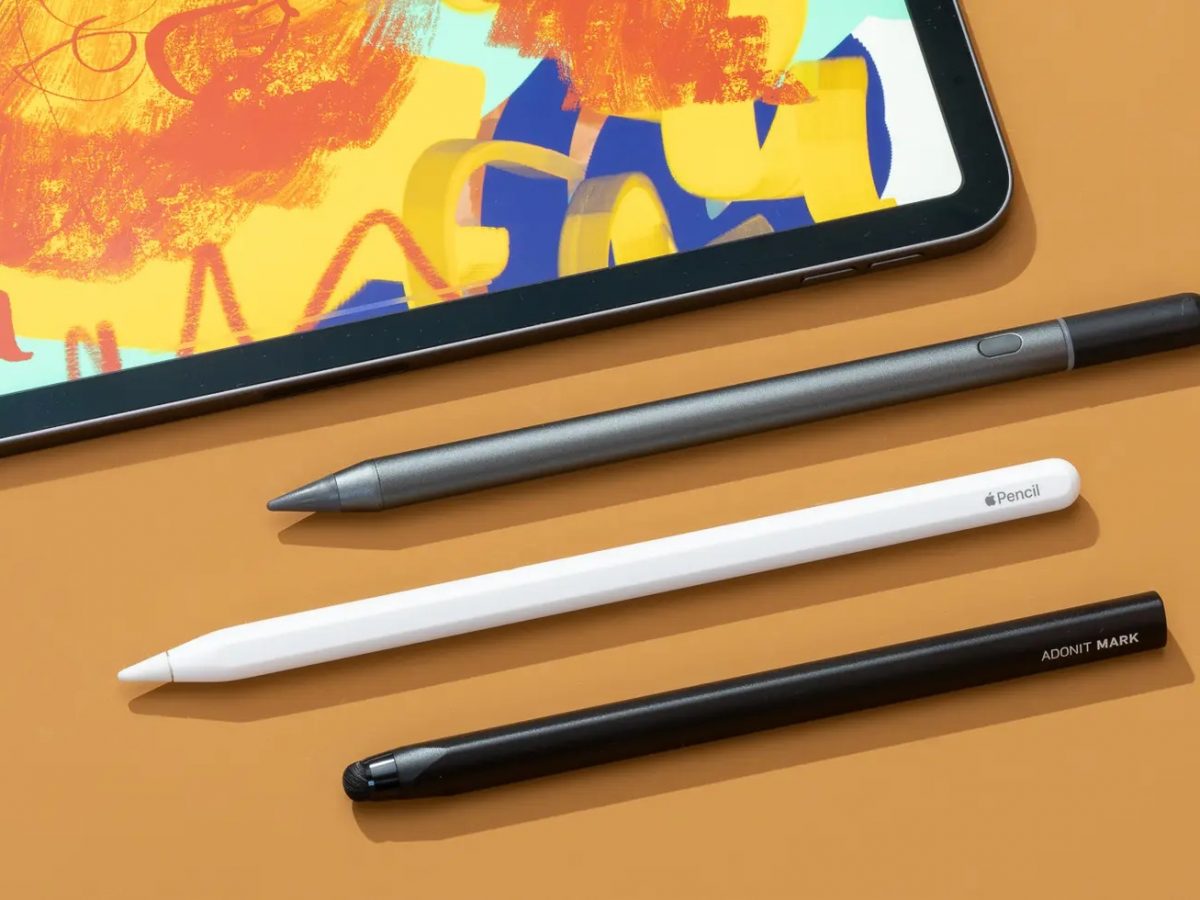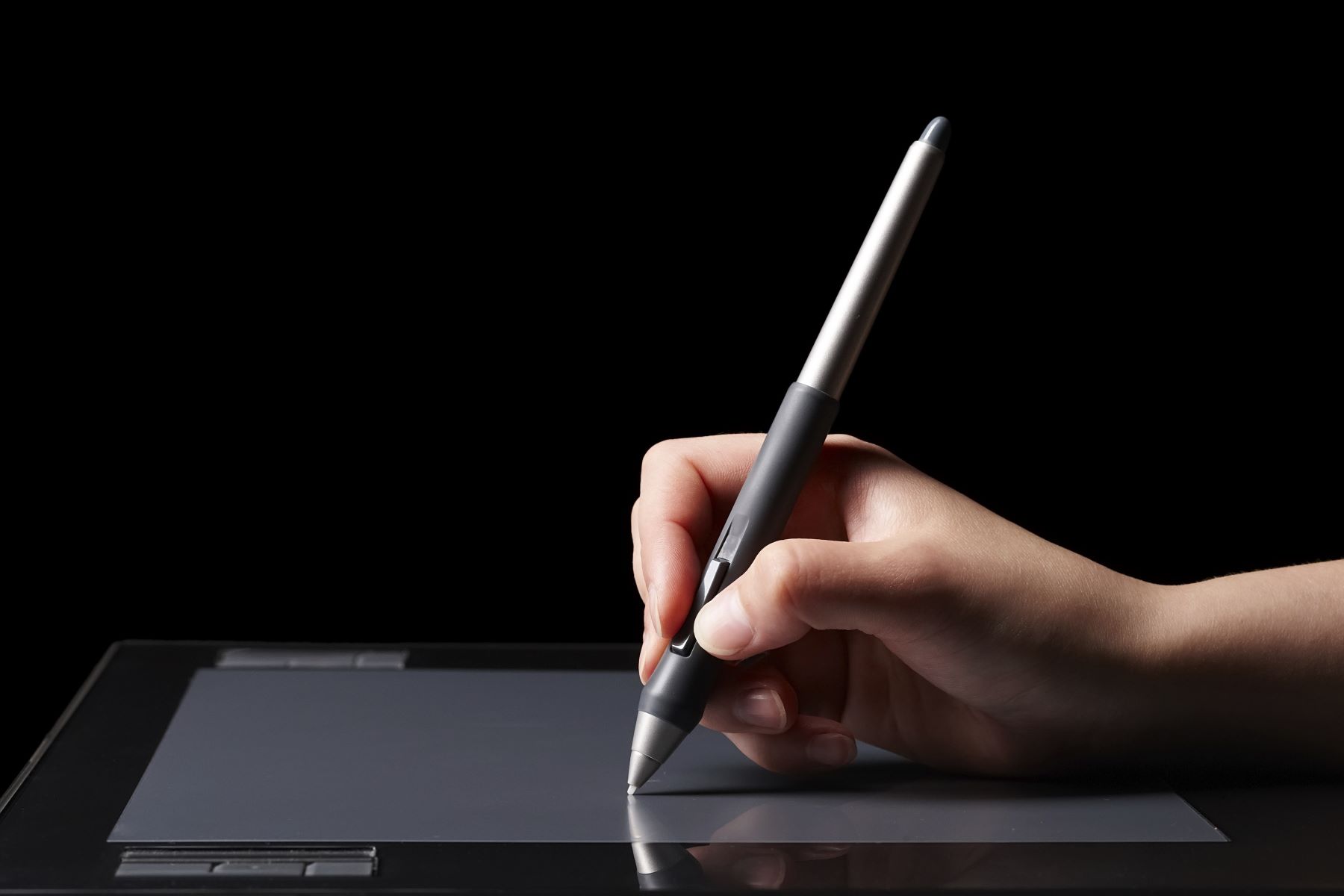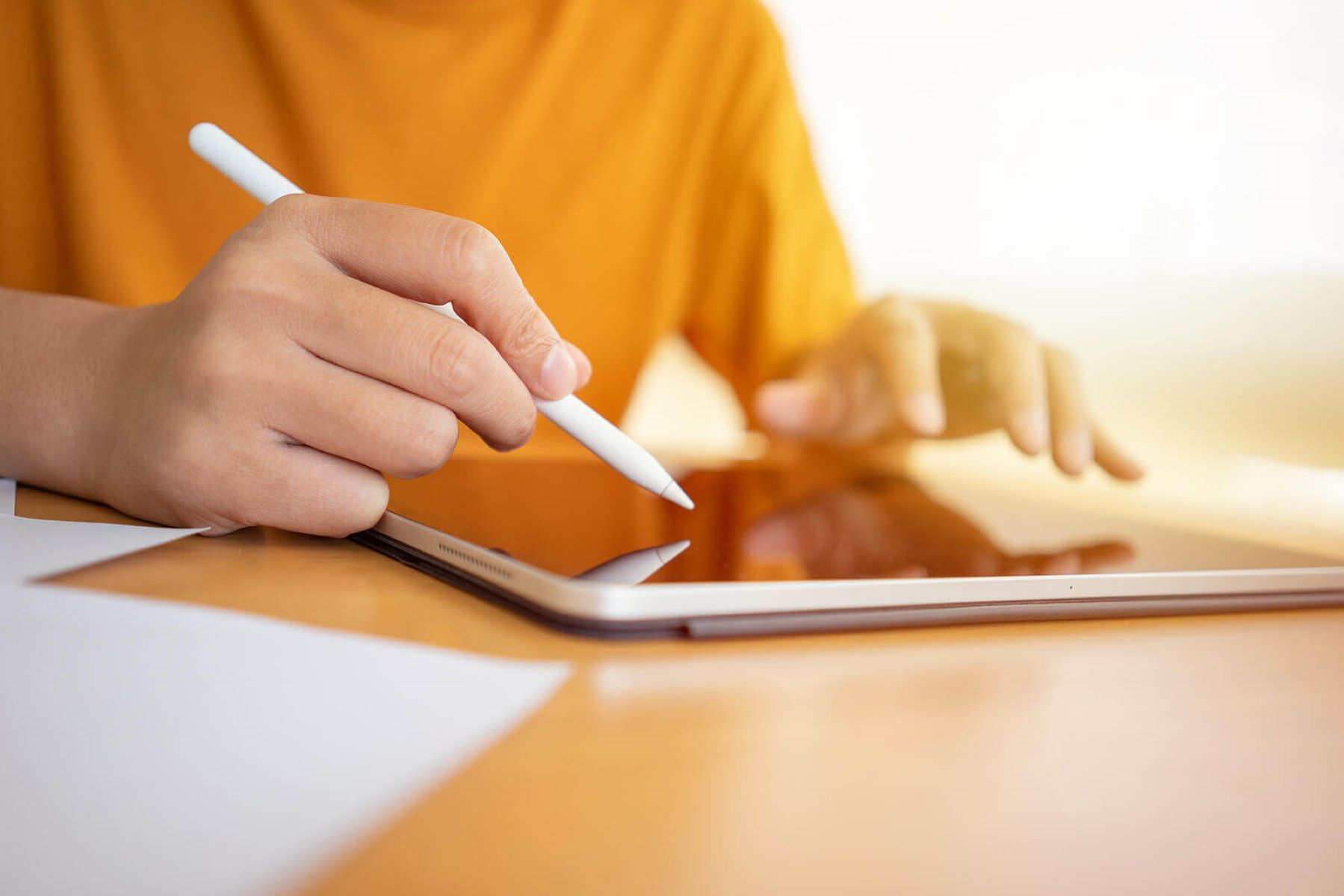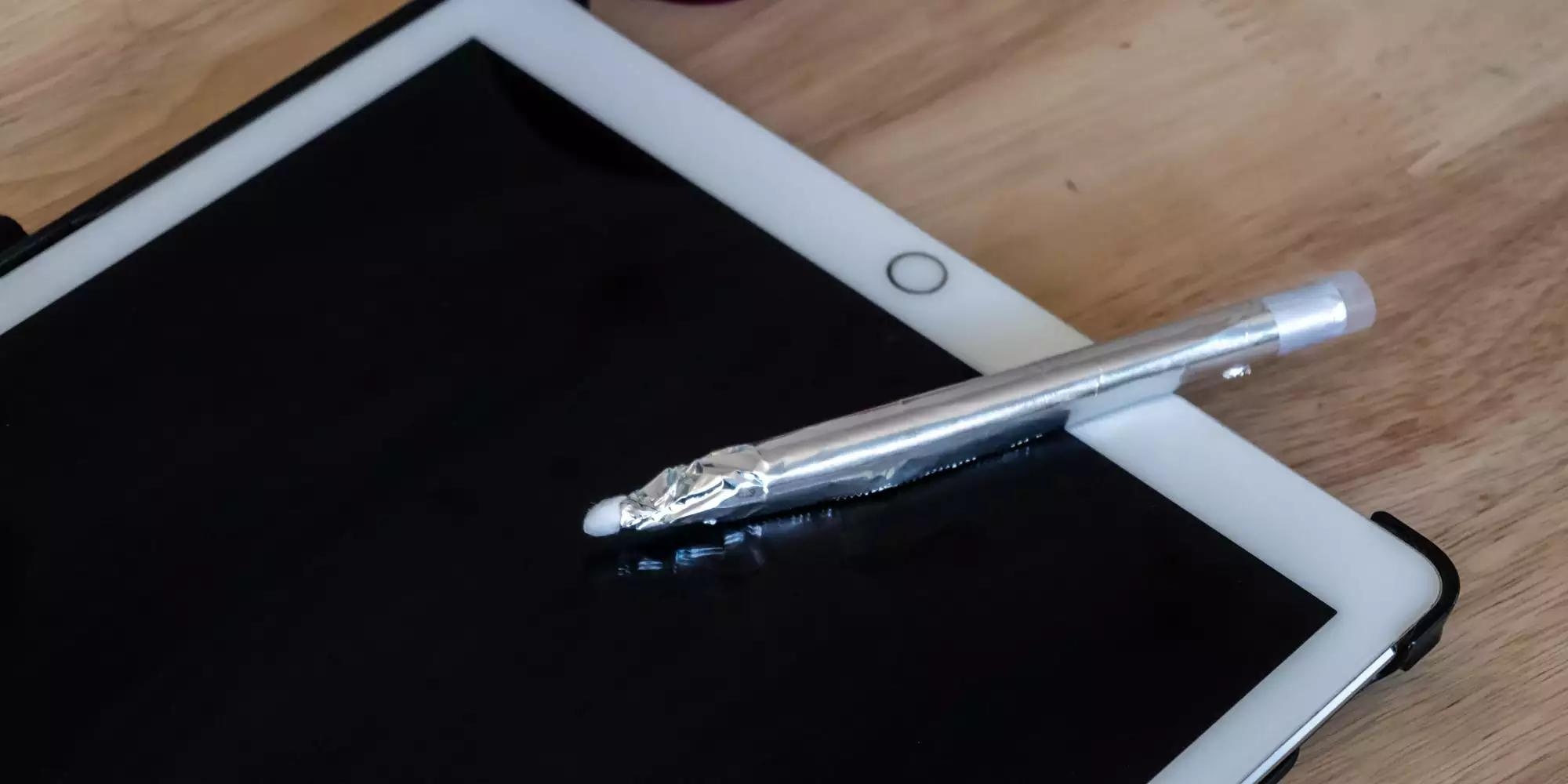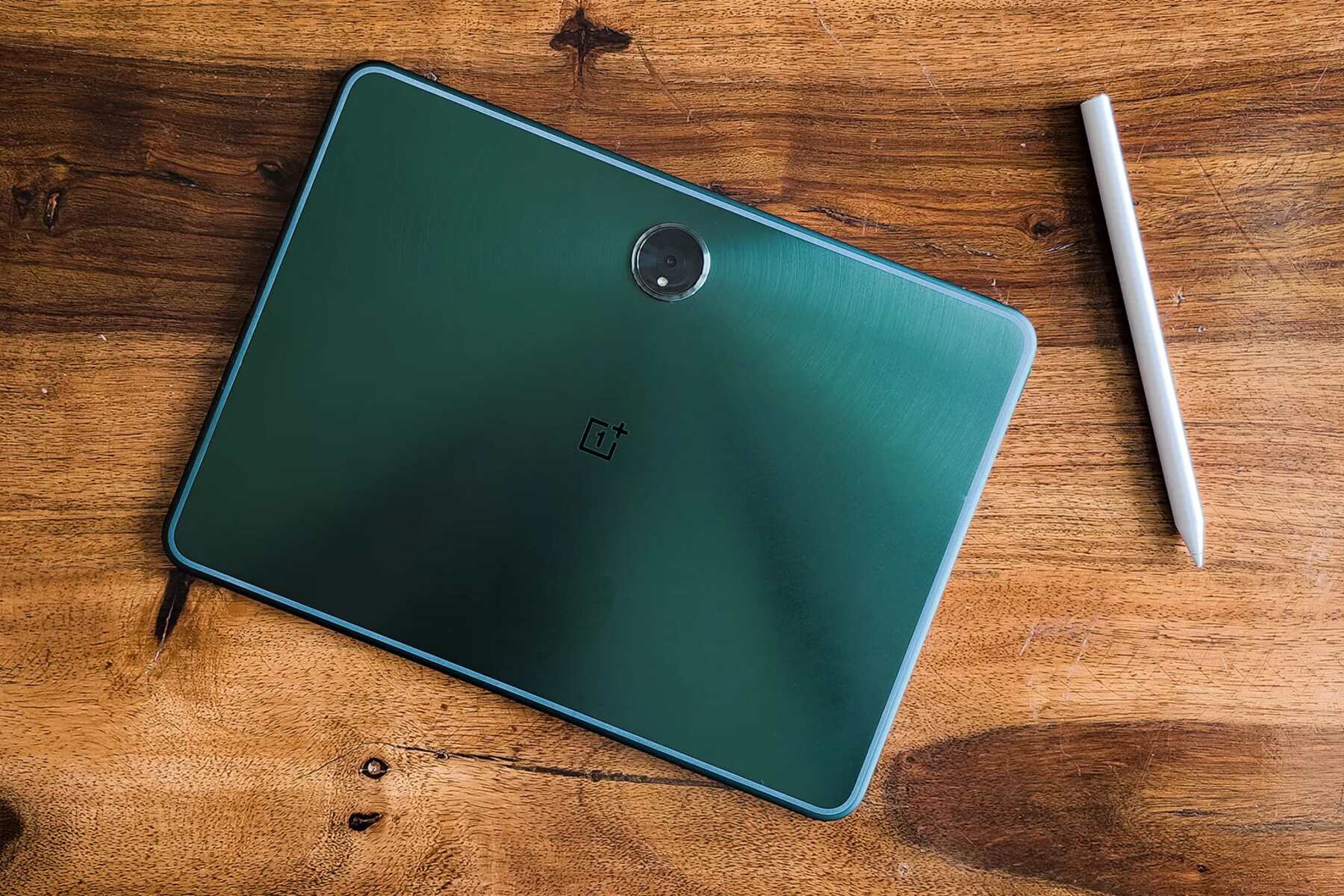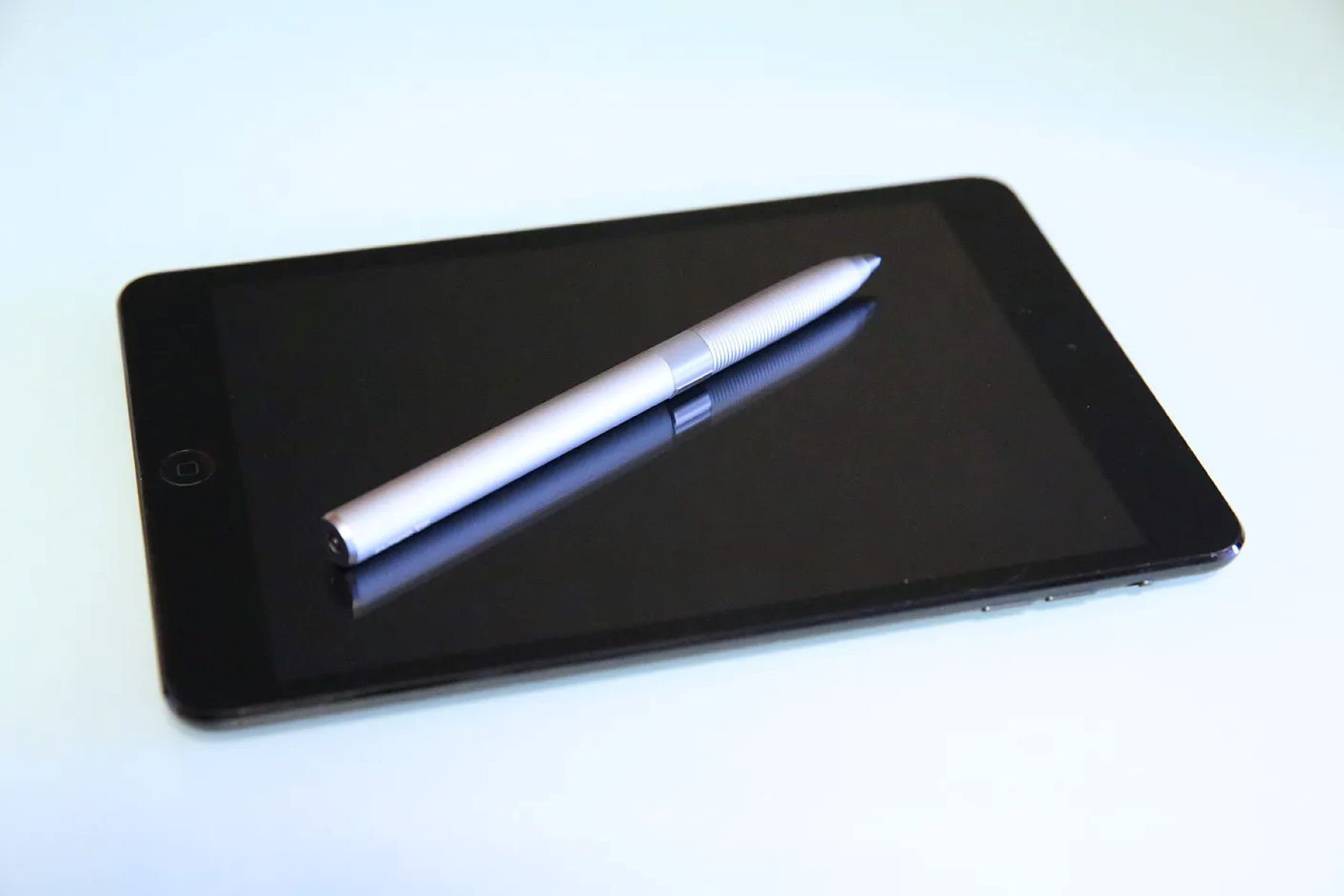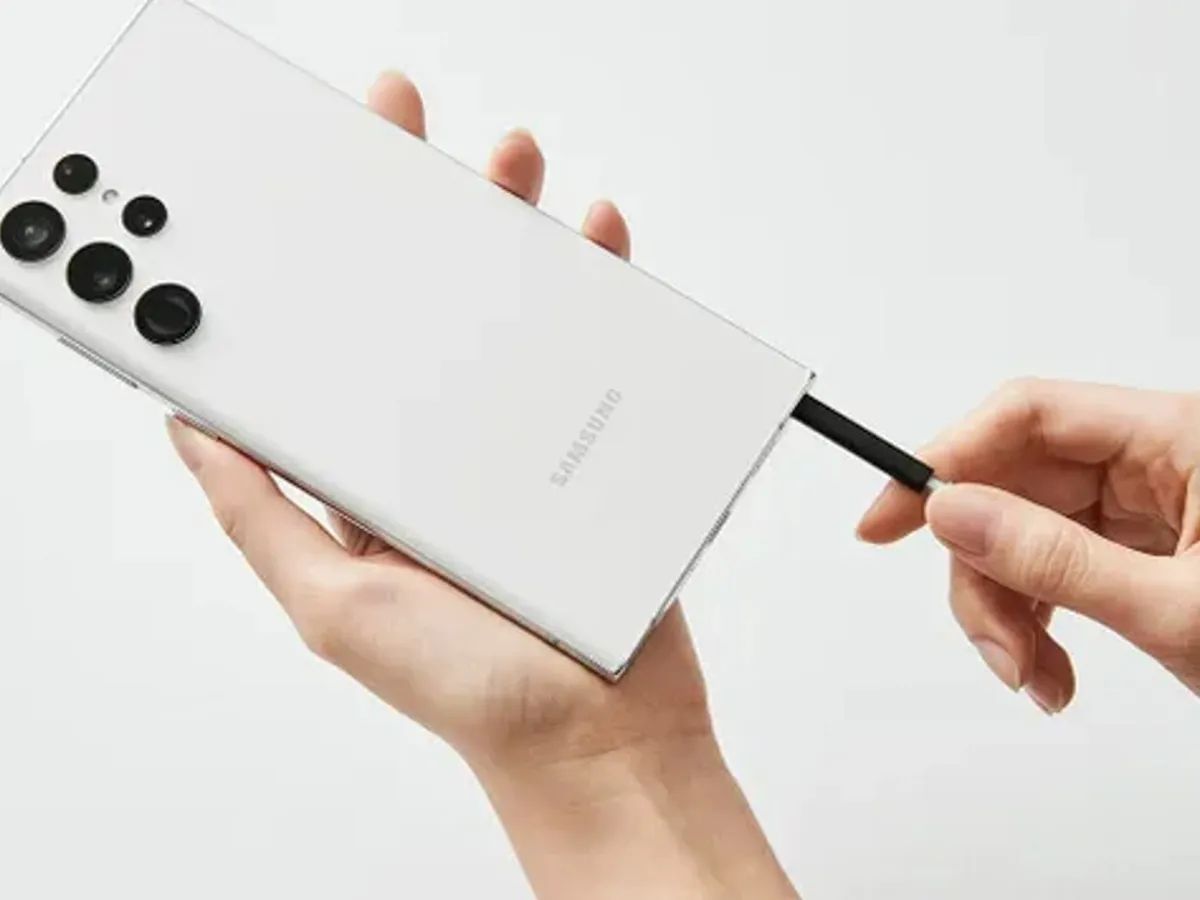Introduction
Welcome to the world of capacitive styluses, where technology meets creativity and functionality. In this article, we will delve into the fascinating realm of capacitive styluses, exploring their inner workings, advantages, and potential drawbacks. As digital devices continue to play an increasingly central role in our daily lives, the demand for intuitive and precise input methods has surged. Capacitive styluses have emerged as indispensable tools for navigating touchscreens with enhanced accuracy and finesse.
Whether you are an artist seeking a digital canvas, a professional taking notes on a tablet, or a casual user looking to streamline interactions with your device, understanding the functionality of capacitive styluses is crucial. By unraveling the mysteries behind these innovative tools, you can make informed decisions about incorporating them into your digital repertoire.
Join us on this enlightening journey as we decode the technology behind capacitive styluses, uncover their unique attributes, and gain insights into selecting the right stylus to suit your specific needs. Let's embark on a captivating exploration of capacitive styluses and discover how they can elevate your digital experience.
What is a Capacitive Stylus?
A capacitive stylus is a digital writing and drawing tool designed to interact with touchscreen devices, such as smartphones, tablets, and touch-enabled laptops. Unlike traditional styluses that rely on pressure-sensitive technology, capacitive styluses operate by leveraging the electrical properties of the human body and the conductive nature of the stylus tip.
Equipped with a conductive material at the tip, capacitive styluses facilitate precise and responsive input on touchscreens without the need for exerting pressure. This distinguishes them from resistive styluses, which require physical pressure to register input. Capacitive styluses are compatible with a wide range of touchscreen devices, offering users a seamless and fluid interaction experience.
These versatile tools are instrumental for a myriad of applications, including digital art creation, note-taking, electronic signatures, and precise navigation. Whether you are an artist, student, professional, or tech enthusiast, a capacitive stylus can augment your digital capabilities and unleash your creativity in a touch-centric environment.
Capacitive styluses come in various designs, ranging from classic pen-shaped models to innovative options featuring interchangeable tips and advanced pressure sensitivity. As the demand for intuitive and precise input methods continues to grow, capacitive styluses have evolved to cater to diverse user preferences and usage scenarios.
Now that we have gained a foundational understanding of capacitive styluses, let’s delve deeper into the inner workings of these remarkable digital tools and uncover the magic behind their functionality.
How Does a Capacitive Stylus Work?
At the core of a capacitive stylus’s functionality lies the principle of capacitance, which enables it to interact with touchscreens in a precise and responsive manner. Touchscreens are equipped with a grid of tiny capacitors that detect the conductive properties of objects in contact with the screen, including the user’s finger or a capacitive stylus.
When a capacitive stylus touches the screen, it disrupts the electrostatic field of the touchscreen, leading to a measurable change in capacitance at the point of contact. This change is detected by the device’s touchscreen controller, which translates it into a digital signal corresponding to the stylus’s position and input. The conductive material at the tip of the stylus plays a pivotal role in facilitating this interaction by effectively mimicking the conductive properties of the human touch.
Unlike traditional styluses that rely on pressure-sensitive mechanisms to register input, capacitive styluses do not require physical pressure to engage with the touchscreen. Instead, they rely on the capacitive properties of the screen and the stylus tip to facilitate precise and effortless input. This inherent sensitivity and responsiveness make capacitive styluses ideal for tasks that demand accuracy and finesse, such as digital drawing, handwriting, and detailed interactions with touchscreen interfaces.
Furthermore, advancements in capacitive stylus technology have led to the development of active styluses that incorporate additional features, such as pressure sensitivity and tilt recognition. These advanced capabilities enable users to achieve nuanced and expressive input, akin to traditional pen and paper interactions, while harnessing the digital advantages offered by modern touchscreen devices.
By harnessing the principles of capacitance and conductive touch technology, capacitive styluses empower users to engage with touchscreens in a natural and precise manner, transcending the limitations of traditional input methods and expanding the possibilities of digital creativity and productivity.
Advantages of Using a Capacitive Stylus
Capacitive styluses offer a plethora of advantages that cater to the diverse needs of digital users across various domains. Here are some compelling benefits of using a capacitive stylus:
- Precision and Responsiveness: Capacitive styluses enable precise and responsive interactions with touchscreens, making them ideal for tasks that demand accuracy, such as digital art creation, note-taking, and intricate design work.
- Natural Writing and Drawing Experience: With advancements in technology, capacitive styluses now offer features such as pressure sensitivity and tilt recognition, allowing users to emulate the natural feel of traditional writing and drawing instruments on digital platforms.
- Enhanced Productivity: Whether you are annotating documents, sketching concepts, or navigating complex interfaces, capacitive styluses streamline interactions and enhance productivity by providing a more intuitive and efficient input method compared to fingers or traditional styluses.
- Compatibility: Capacitive styluses are compatible with a wide range of touchscreen devices, including smartphones, tablets, and touch-enabled laptops, offering users a versatile tool that seamlessly integrates with their digital ecosystem.
- Preservation of Screen Integrity: By using a capacitive stylus, users can minimize smudges and fingerprints on touchscreens, preserving the visual clarity of the display and maintaining a pristine user experience.
- Accessibility and Inclusivity: Capacitive styluses provide an accessible input method for individuals with limited dexterity or those who prefer a more controlled and precise interaction with touchscreens, promoting inclusivity in the digital realm.
These advantages underscore the transformative impact of capacitive styluses on digital interactions, empowering users to unleash their creativity, boost productivity, and engage with touchscreens in a more natural and nuanced manner.
Disadvantages of Using a Capacitive Stylus
While capacitive styluses offer an array of benefits, it is important to acknowledge their limitations and potential drawbacks. Understanding these aspects can help users make informed decisions when incorporating capacitive styluses into their digital workflows. Here are some disadvantages associated with using capacitive styluses:
- Lack of Universal Pressure Sensitivity: Not all capacitive styluses offer pressure-sensitive capabilities, which may limit the nuanced expression and artistic versatility desired by professional digital artists and illustrators.
- Dependence on Screen Technology: The performance of capacitive styluses is contingent on the quality and responsiveness of the touchscreen they interact with. In some cases, older or lower-quality touchscreens may not fully optimize the potential of capacitive styluses, leading to suboptimal user experiences.
- Stylus Tip Wear and Replacement: Over time, the conductive tips of capacitive styluses may wear out, necessitating the replacement of the tips for optimal performance. This ongoing maintenance aspect should be considered by users, especially those engaging in frequent and intensive stylus-based activities.
- Cost and Feature Disparities: Advanced capacitive styluses equipped with features such as pressure sensitivity and tilt recognition may come at a higher cost, potentially posing budgetary constraints for users seeking specific functionalities.
- Adaptation Period: Users transitioning from traditional pen and paper or non-digital input methods may require an adaptation period to acclimate to the nuances of using a capacitive stylus effectively, particularly in tasks that demand precise control and dexterity.
- Compatibility with Screen Protectors: Certain capacitive styluses may exhibit compatibility challenges when used with screen protectors, affecting the tactile feel and responsiveness of the stylus on the touchscreen surface.
By acknowledging these disadvantages, users can make informed assessments of the trade-offs associated with using capacitive styluses and proactively address potential challenges to optimize their digital workflows and creative endeavors.
Choosing the Right Capacitive Stylus
When selecting a capacitive stylus, it is essential to consider various factors to ensure that the chosen stylus aligns with your specific needs and preferences. Here are key considerations to guide you in choosing the right capacitive stylus:
- Compatibility: Verify the compatibility of the capacitive stylus with your specific touchscreen device, ensuring seamless integration and optimal performance. Some styluses are designed for universal compatibility, while others may cater to specific brands or models.
- Intended Use: Determine the primary purpose of the stylus, whether it is for digital art creation, note-taking, precise navigation, or a combination of tasks. Different styluses offer varying features tailored to specific use cases.
- Pressure Sensitivity and Features: Assess whether pressure sensitivity, tilt recognition, and other advanced features are essential for your intended applications. Professional digital artists and designers may prioritize styluses with advanced pressure sensitivity for nuanced artistic expression.
- Comfort and Ergonomics: Consider the ergonomics and comfort of the stylus, especially if you anticipate prolonged usage sessions. Factors such as grip design, weight, and overall feel contribute to the user’s comfort and control during interactions.
- Replaceable Tips and Maintenance: Evaluate the availability of replaceable tips and the overall maintenance requirements of the stylus. Some models offer replaceable tips to extend the stylus’s lifespan and optimize its performance over time.
- Budget and Value: Balance your budget with the desired features and functionalities offered by the stylus. Determine the features that are essential for your needs and assess the value proposition of the stylus within your budgetary constraints.
By meticulously considering these factors, you can make an informed decision when choosing a capacitive stylus that complements your digital workflow, aligns with your creative or professional pursuits, and enhances your overall touchscreen experience.







